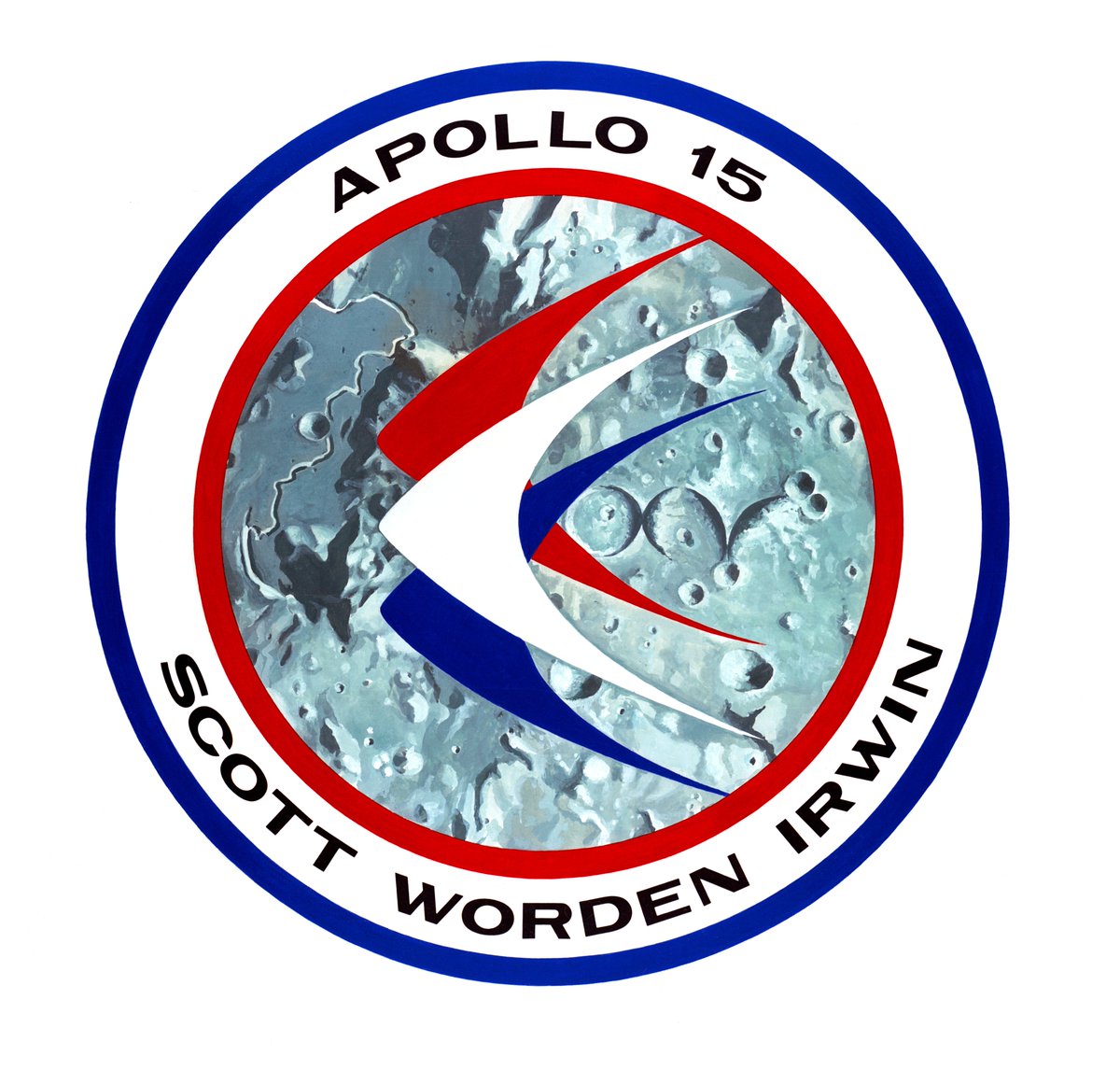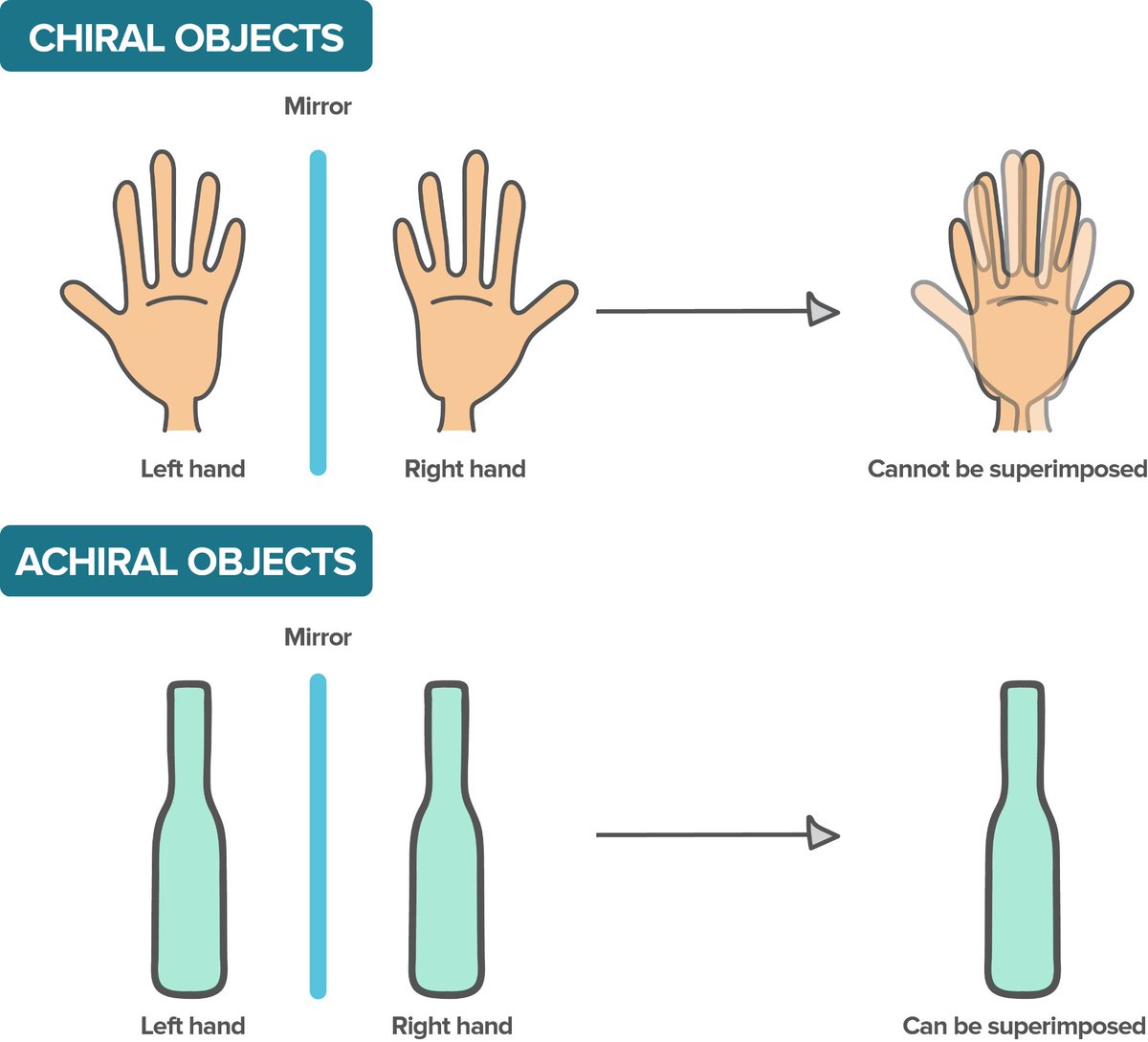Optical Systems Engineering!!! What is it? Why do we do it? How do we do it? I’ll try explaining in just a few tweets. 

For context we’re talking optical imaging cameras for satellites for earth observation, but the same ideas and processes are relevant for astronomical telescopes and other forms of payload or ground based equipment. 

Like a traditional spacecraft-level system engineer, the Optical System Engineer is responsible for the whole optical system -> requirements, design, analysis, manufacture, assembly, verification and even sometimes in-orbit operation. 

Key challenges include designing a system capable of maintaining precise alignment (micron level) of optical components after a violent launch environment and a fluctuating thermal environment.. and then verifying it will work for many years!
Why do we do it? The role is all about executing a delicate balance of technical parameters to optimise performance (more on that next), mass, power consumption, and constraints on the spacecraft
GSD, SNR, MTF. Perhaps acronyms you’re very familiar with, perhaps not. If you’re not, and you’re interested in earth observation, then read on!
Ground Sample Distance, simply put its the spatial resolution, calculated by a projection of a pixel on the ground --> GSD = Orbital Height x Pixel Size / Focal Length. Of course the diffraction limit still applies, so not quite as simple as this, but a good start. 

Signal to Noise Ratio (you know that one don’t you), is what it says on the tin, how much ‘good’ input signal you have compared to how much ‘bad’ signal you have! Big number = good. Bad signal includes things like electronics noise. (imagine funny SNR GIF)
Modulation Transfer Function. The tricky one. But vital for understanding the imaging performance. Related to the astronomer’s favourite, Point Spread Function. Essentially it describes how blurry the imager makes the scene. Hard to explain on Twitter, so: edmundoptics.co.uk/knowledge-cent…
Any questions? Fire away.
• • •
Missing some Tweet in this thread? You can try to
force a refresh













